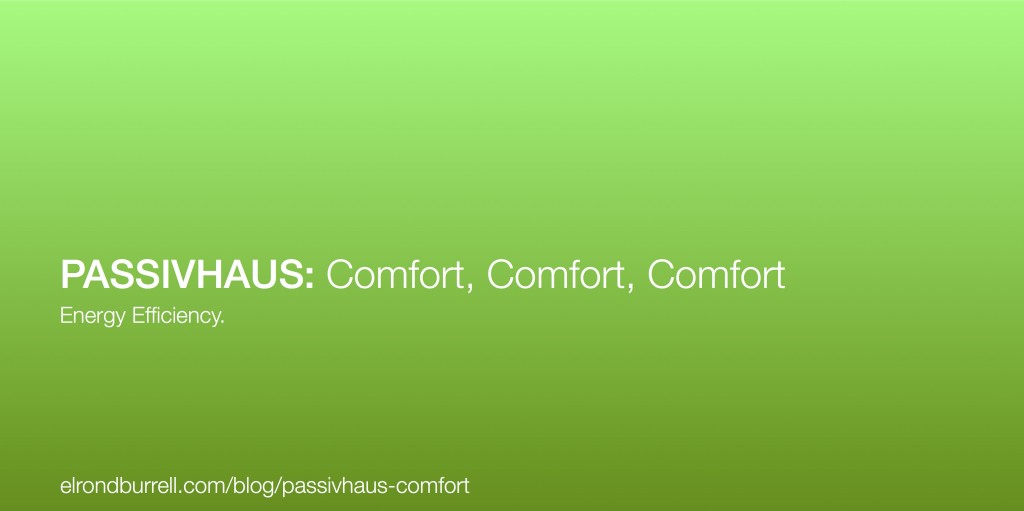Gary Vaynerchuk, the social media superstar and business leader, released a book in 2013 called “Jab, Jab, Jab, Right Hook” (#JJJRH) which uses a Boxing analogy to highlight the best approach to using social media channels. Jabbing is giving value to your followers & community, and the follow up Right Hook is asking for something, whether this be attention or sales. This means at least 75% of your posting on social media should be about giving value and sharing useful information and insights with your followers and community, not asking for attention or for a sale. Everyone appreciates generosity over being repeatedly asked for attention.
What has this got to do with passivhaus? The Passivhaus Standard is most well known as “the world’s leading standard in energy efficient design.” And energy efficiency asks building owners and occupants for something. It asks them to at least modify their behaviour and to pay more attention to the operation of their building. However, energy efficiency is actually only part of passivhaus. People don’t often realise that the Passivhaus Standard is also a rigorous comfort standard that ensures a building is free from draughts, free from cold spots, free from excessive over heating and provided with a constant supply of fresh clean air. And it does so with the minimum amount of energy.
Passivhaus throws an outstanding “Jab, Jab, Jab” of occupant comfort before hitting home with the solid “Right Hook” of energy efficiency.

